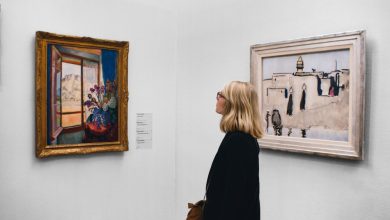
Slip and fall accidents can happen both indoors and outdoors. Regardless, the legal claim is based on the theory of premises liability or negligence. According to the law, the property owner is obligated to maintain their premises and keep them safe for visitors. This is an obligatory responsibility that could result in liability for any injuries to occupiers.
Indoor and Outdoor Slip and Fall Cases
Any indoor or outdoor slip and fall accident case is built on the following key elements: stairs, elevators, escalators, lighting, floors, sidewalks, and weather conditions. Slip and fall accident attorneys play a key role in determining whether the building owner was at fault for a particular slip and fall accident.
Indoor Gardening Vs. Outdoor Gardening – Which One You Should Prefer?
Indoor Slip and Fall
The indoor slip and fall cases mostly involve public buildings, entertainment establishments, or stores. Slip and fall accident attorneys consider the following factors:
1. Stairs
Construction and safety laws direct building owners to have well-maintained stairs and handrails on the sides. Corporations are required by law to install handicap-accessible stairs or ramps for the disabled.
2. Elevators and Escalators
A common cause of slip and fall accidents in commercial settings is elevators and escalators. These mechanical devices should not have any debris or objects resulting in injuries. The devices should be maintained regularly, failure to which the premises owner could be charged in a personal injury case.
3. Floors
Floors of every commercial building, including hotels, and restaurants, should be kept clean and properly maintained. A safe floor should not have slippery materials such as debris, oils, or any other that could result in accidents.
6 Reasons Why You Should Hire a Slip and Fall Accident Lawyer
Outdoor Slip and Fall
If an outdoor slip and fall accident happens, attorneys will evaluate whether the structure meets the following standards of safety:
1. Weather Conditions
Snow and ice are common weather conditions resulting in slip and fall accidents during winter. Property owners are expected to keep their outdoor spaces routinely cleared of snow to prevent accidents.
2. Lighting
It is a recommendation of the law to have compounds well-lit to enhance visibility. In the case of any ongoing construction, it is imperative to mark the area with a light-reflective sign.
3. Sidewalks
Pedestrians are supposed to be aware of their surroundings, though poorly maintained sidewalks may result in slip and fall injuries. Property owners are encouraged to ensure that their sidewalks are conserved and safety standards are observed to prevent injuries from happening to pedestrians.
4. Parking Lots and Garages
Every building has a designated parking lot. It is the responsibility of the premise owner to ensure that the floor is cleaned of any grease or oil leaks from cars. Slippery or uneven floors in the parking lot due to these spillages could cause accidents.
Indoor slip and fall claims encompass only those areas a business owner controls, such as hallways, doorways, and passageways. The building owner is liable for these claims if an injury occurs on the building or their property boundaries.
Slip and fall accident attorneys will present facts about whether the premises owner was in control of the area where the incident occurred. The courts will try to determine whether the owner could have done anything to prevent the accident.




